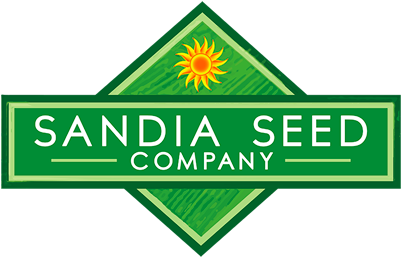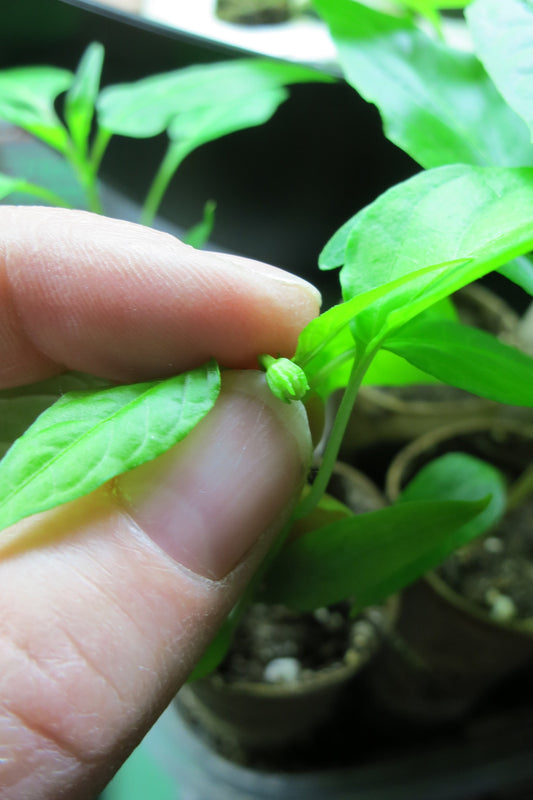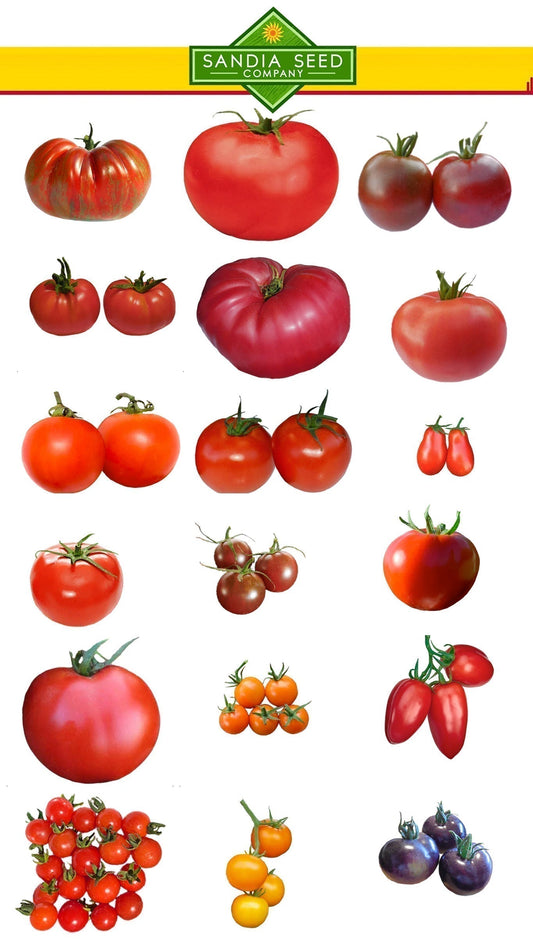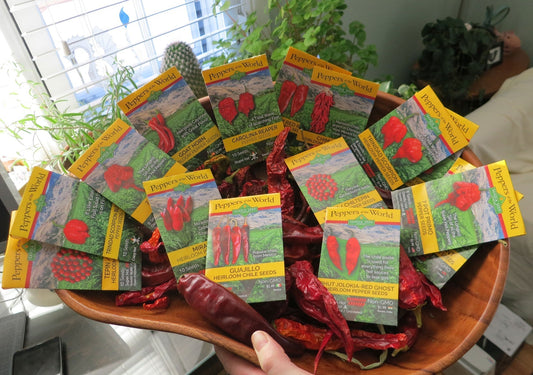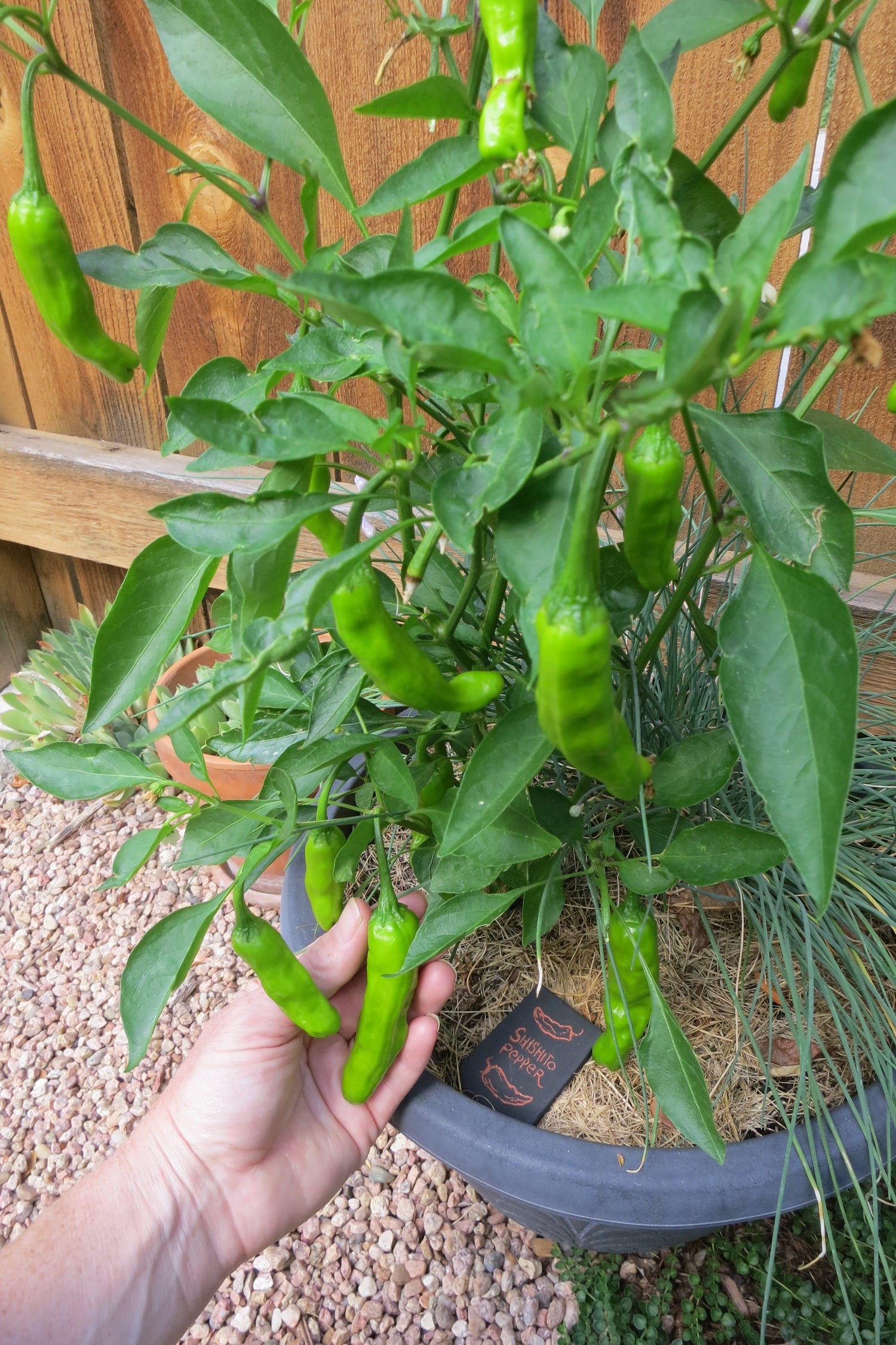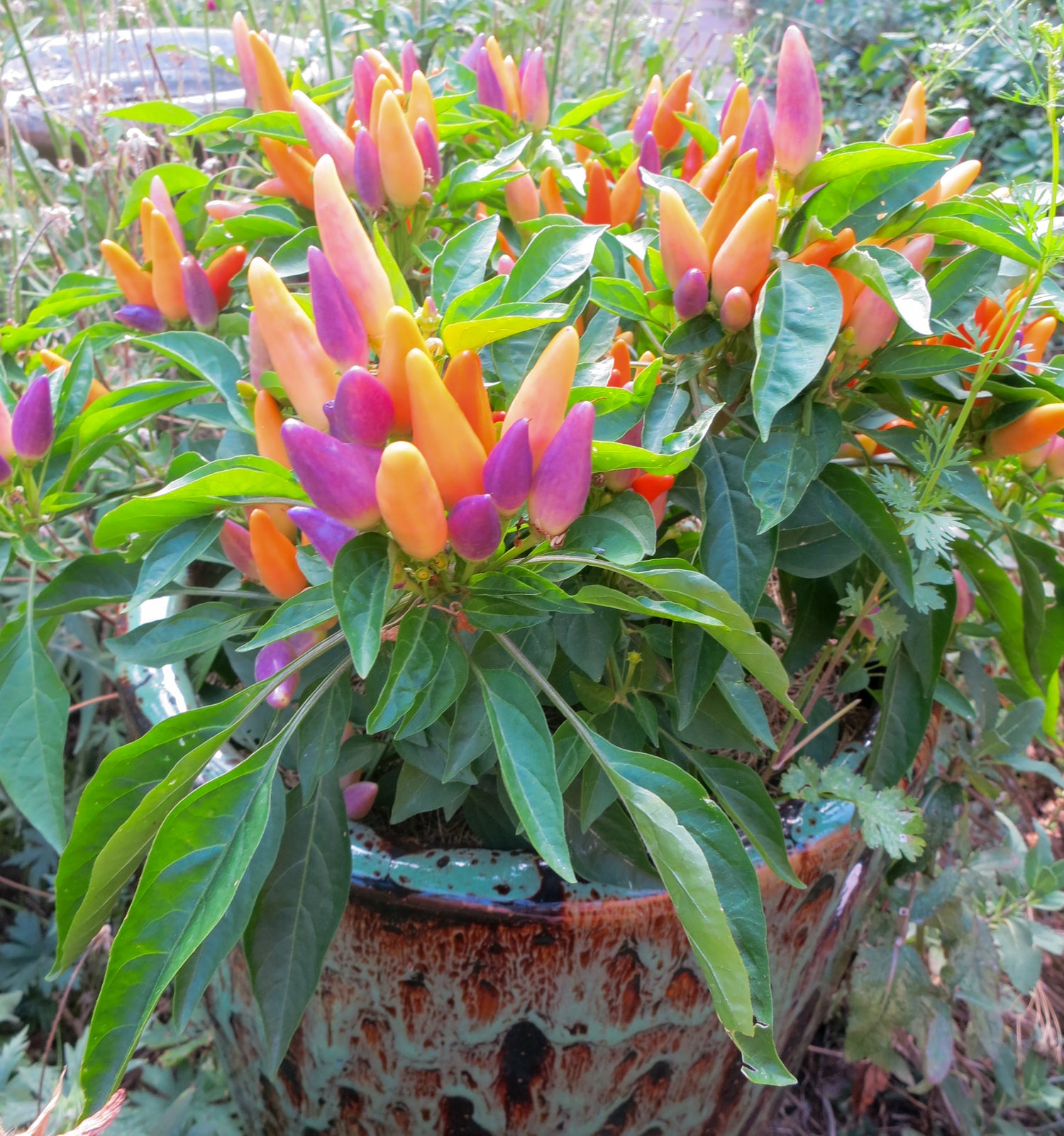
Blossom end rot:
The blossom end of the fruit blackens and becomes leathery. The problem is caused by a lack of calcium in the fruit due to variable soil moisture conditions. Prevention involves keeping the soil evenly moist. Mulches are helpful in this regard. Fruit is perfectly safe to eat.

This appears as a white or yellowish spot on the part of the fruit facing the sun. To minimize this problem, never remove mature foliage from the plant.

Misshapen, severely deformed fruit, more common on the large fruited or early varieties, resulting from incomplete pollination of the tomato flower due to cold conditions when flowering. To minimize damage plant tomatoes after weather warms, avoid using large fruited varieties, and harden tomato transplants by limiting water, not by lowering temperatures. Catfaced tomatoes are safe to eat.

May be expressed as either concentric cracks around the stem end of the fruit or as radial cracks radiating from the stem scar. Cracking usually occurs after a heavy rainfall following dry conditions. Keep soil evenly moist and avoid fluctuating soil moisture conditions.
From: Cooperative Extension Fact Sheet FS678 (NJAES)

Tomato Spotted Wilt Virus (source: aces.nmsu.edu)
Wilting tomato plants?
Wilting tomato plants could be from too much water (soggy soil will drown the roots), or not enough water, or it could also be normal wilting during the heat of the day. If your tomato wilts during the hottest part of the day, but then perks up in the evening, this is nothing to worry about. However, if it looks wilted even in the cooler evening, and, if watering is not the issue, it could also be disease.
If your tomato plants are wilting and starting to shrivel over a period of days, it could also be wilt diseases such as Fusarium and Verticillium Wilt Diseases or Tomato Spotted Wilt Virus and Bacterial Wilt, Tomato Spotted Wilt Virus, Curly Top Virus, and Fungal disease, which all cause wilting in tomato plants. Read this article from New Mexico State University for more details on some of these diseases. To determine which disease their tomato plants have you could send your soil to a lab for testing. However, we have found that once tomatoes have any of these types of wilting diseases, it's best to remove them from the garden as they don't usually recover and they could spread it to the other plants. It's funny, often each summer we have one tomato plant that shrivels up while the rest are doing very well. So we'll just remove the diseased plants as soon as we realize that they are goners. This is why it is good to grow several different varieties of tomato plants, including disease-resistant Heirlooms and Hybrids. This way, if one or two of your plants or a specific variety struggles, you'll still have other healthy plants for your tomato fix!
More Tomato Growing Tips:
 Grow tomatoes in the ground:
Grow tomatoes in the ground:
We also find that tomatoes do way better in the ground than in pots. Proper staking is also important to keep them off the ground to cut down on diseases and pests – don't use those flimsy round tomato cages, they'll likely topple once the plants get bigger and are useless! Use heavy duty stronger cages that are thicker and have a good strong feet for the base.
Prune Tomato Plants:
We also find that it is very helpful to remove the branches and foilage at the base of the plant so that the soil can't splash up on the leaves, and it increases air circulation around and underneath the plant. We usually clear 6-12" of space underneath the plants to help keep the plants healthier. Some people also recommend pruning suckers, but we don't worry so much about that. It's more important to keep the base of the plant pruned back so that it has room to breath and it prevents soil-borne diseases from getting onto the plant from watering or rain. 
Use Mulch:
You can also use mulch to keep the soil moisture more even as well as prevent soil from splashing onto the plants. Learn more about the Best Mulch for Tomatoes and Peppers »
Grow a Variety of Tomatoes:
Grow a wide variety of tomatoes including both hybrids and heirlooms, then you're much better setup for success. See all 44 of the tomato seeds we carry »
Rotate your Garden Beds:
It's also good to rotate your tomatoes in your garden, and grow them in different areas each year. This will help cut down on pests and diseases from year to year.
One more tip:
Black Walnut Trees can cause wilting and death of tomato plants! Make sure there are no Black Walnut trees within 50 feet of your tomato garden, as the trees release a chemical known as juglone in their roots, nuts and seeds which damage tomato plants as well as other plants.
Remember, there are no mistakes in gardening, only experiments! :)
